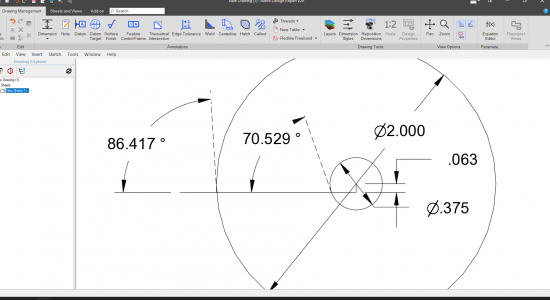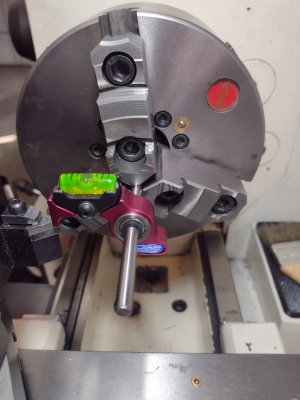- Joined
- Feb 21, 2022
- Messages
- 780
If the tool is set below centre. When at the centre of the part the " angle of attack " is directly below the centre ie. perpendicular. The further from the centre the tool is - the " flatter " the angle.RJ, I don't follow this. Given that the tool is set at whatever height it is and the center line of the part doesn't change then the angle of attack should not change as the diameter of the part decreases; at least that's what my intuition tells me. Can you clarify?



